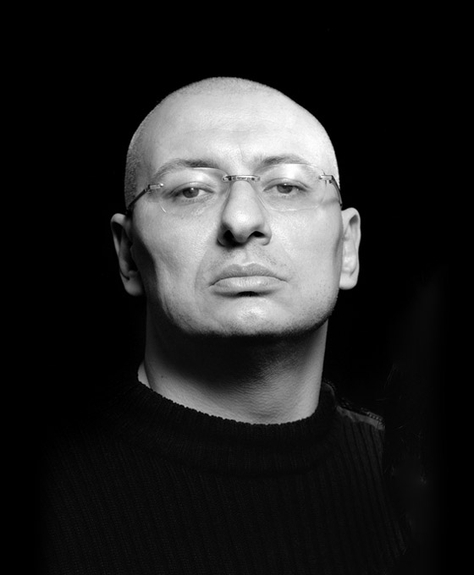

Stefano Maffei
Politecnico di Milano
Design your transformation
The city is not only the place of our childhood, our experience, our work, our identity. It is also the place where an invisible sphere surrounds everything we see, touch and interact with. A fabric made of tangible and intangible relationships. Made of digital, work, movements, organisation, places. Not only the place of the visible material transformation that architecture or urban planning talk about.
All that makes us live in a contemporary way.
The work of Stefano, architect and tenured professor at the Faculty of Design of Politecnico in Milan has to do with advocacy, research and the project of Service Design. His objective is to build a critical knowledge of what services and the related innovation processes are about. And one of the most challenging issues is transformation within the city: it is essential to build a model of change that goes beyond the mere perspective of efficiency to develop a broader one able to face the global societal challenges.
-
Stefano Maffei is professor at the Design School of Politecnico di Milano, where he teaches Service Design and Innovation Theory. He is Director of Polifactory and Director of the Master in Service Design, Polidesign, Politecnico di Milano. His interests are focused on the research of service design innovation, new models of production-distribution of goods, advanced and distributed micro-production systems.
In the past, he directed the National Research Agency (2005-2010) Sistema Design Italia (SDI) for which he directed the national research Design Research Maps, awarded with the XXIInd Compasso D'Oro for Design Research.
-
Why a festival about service design?
The focus on what design is (and what it is for) has been enriched, after years of debates and real experiences, by new meanings and by new fields: among these, one of the most interesting is the one of services, which certainly contains strong connections with the long-established disciplinary areas of product and communication. The perspective of services, however, widens the traditional dimension of user experience and interaction, amplifying the tangible/intangible aspects of relationships and producing new performances such as control, information, communication, distance action. This sophisticated direction that includes tangible artifacts, organization, communication, technology, processes, people, generates those opportunities and possibilities that are the basis of almost all aspects of contemporary life.
Bringing this reflection within the most important World Design Week means on one hand a due increase in the fields that design oversees as a transformation of our environment and the processes in which we are dipped. On the other hand, Milan itself is already a city in which this transformation is clear and dominant (with its strongly developing and accelerating service economy) and in which the culture of service design is being consolidated and rooted in a deep and recognizable way. Not product vs. service but product+service+technology+society. This is Milan and its design system and the time has come to tell about it, to build an arena.
As cities are platforms for purchasing services, what is the difference between citizen and customer?
More than purchasing platforms, cities are definitely the place where most of the services find an ideal expression: some of them can be provided by private entities or in a complementary way to the Public Administration (e.g. education). However, I believe that the potential for innovation that the private generates is equally available to the Public Administration itself and its citizens. Some approaches to services - that involve them not only as clients but as active players for the change of the city/company (such as those that work on the concepts of representation, participation, co-production, collaboration) - can generate a valorisation and an improvement of the "common goods" that a city owns and that sometimes should be guaranteed without only aiming at generating an economic value.
Not all services are "Good" by definition, there are some of them that do not produce value for society for example. What are the features of a good service and what is the role of the designer?
The question is complex and cannot be seen into a black and white point of view: let's say that a good service must produce customer-user satisfaction but... always looking at the overall impacts that the production of that service generates. If, as a user, I appreciate the possibility of having food delivery at a very low price at any time of the day, on the other hand I must also reflect on the overall effects that it generates such as the offering of unqualified work at a very low salary. Thinking about services having in mind only the experience performance tends to misrepresent the reality or rather, to show it in a partial way. So a good service, in addition to offering an original and distinctive experience, must, in my opinion, provide a systemic overview that certifies a balanced social, economic and environmental acceptability. This is the role of the designer in the service society: not being satisfied with carrying out a design action but being critically aware of the impact it generates (not only locally).
-
Where:
RETHINK! Service Design Stories
10 aprile - Sala Buzzati, Casa Corriere, Via Balzan, 3
11 aprile - Space4 - PwC's Experience Centre, Via Tortona, 37










































































